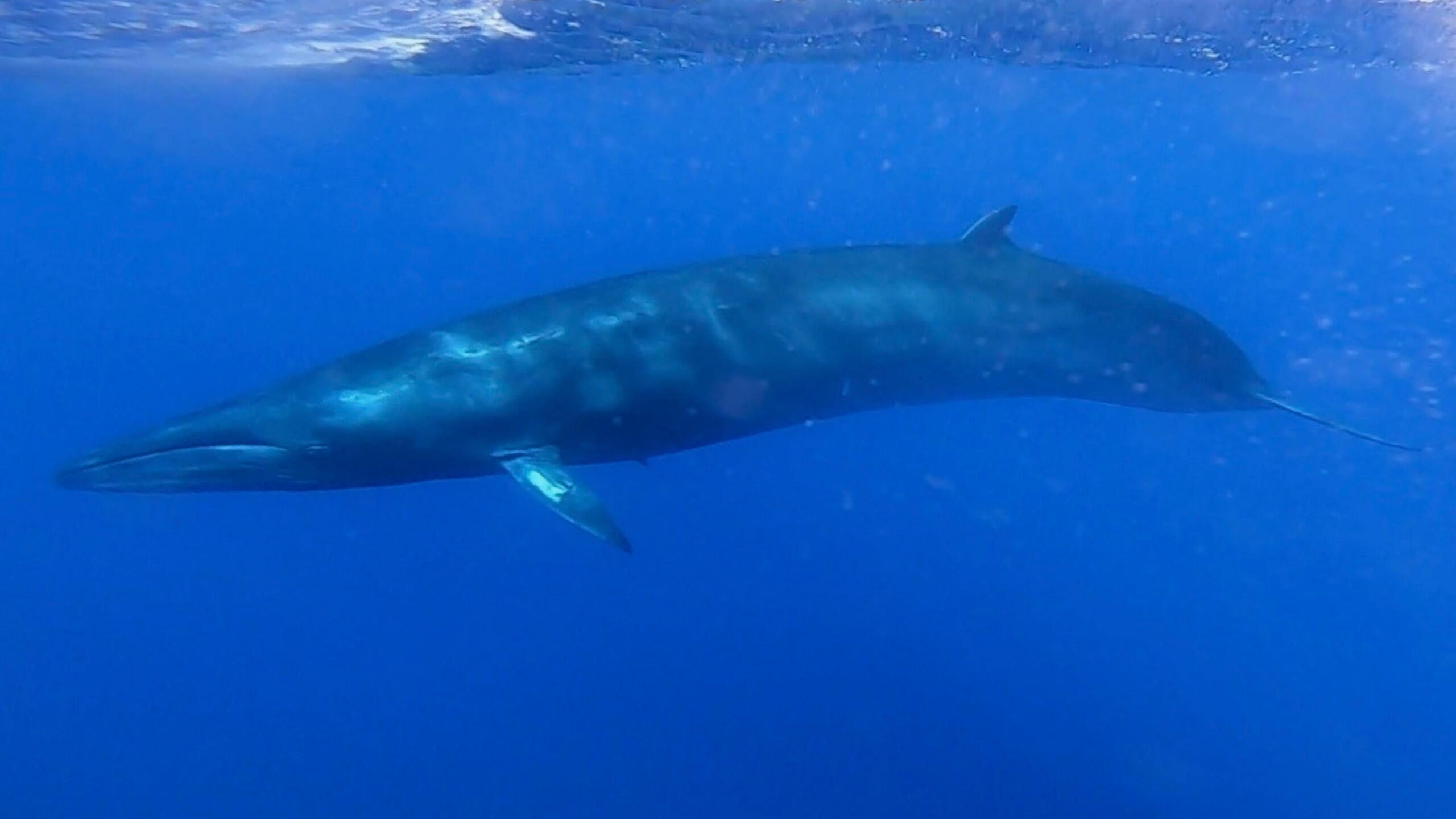The Sei Whale, known scientifically as Balaenoptera borealis, is one of the ocean's most magnificent and enigmatic creatures. These baleen whales are the third-largest rorquals, surpassed only by the Blue and Fin Whales. Despite their size and global distribution, Sei Whales remain less understood compared to their cetacean relatives. Here, we explore ten captivating facts about these incredible marine mammals that highlight their unique characteristics and the mysteries that still surround them.
1. Remarkable Size and Speed
Sei Whales can reach lengths of up to 60 feet (18 meters) and weigh as much as 50 tons. Despite their massive size, they are known for their remarkable speed, capable of reaching up to 34 miles per hour (55 kilometers per hour), which is why they are named after the Norwegian word "sei," meaning "pollock," a fast-swimming fish.
2. Baleen Plates for Filter Feeding
Unlike toothed whales, Sei Whales possess baleen plates made of keratin. These plates allow them to filter-feed by swimming through schools of krill, small fish, and other plankton, trapping their prey in the baleen's fine hairs while expelling water.
3. Wide-Ranging Habitat
Sei Whales are cosmopolitan, found in all the world's oceans except the polar regions. They prefer deep, offshore waters and are known to undertake long migrations between feeding and breeding grounds, spanning thousands of miles.
4. Mysterious Breeding Habits
Little is known about the breeding habits of Sei Whales. They are believed to give birth in warmer, subtropical waters during the winter months, but specific breeding grounds and behaviors remain largely undocumented, contributing to their enigmatic nature.
5. Unique Vocalizations
Sei Whales communicate using low-frequency sounds that are often below the range of human hearing. These vocalizations are thought to play a role in navigation, mating, and social interactions, though much about their acoustic communication is still under study.
6. Distinctive Appearance
Sei Whales have a sleek, streamlined body with a dark gray or bluish coloration on the back and a lighter underside. Their dorsal fin is relatively tall and curved, located about two-thirds of the way down their back, and they have distinctive pleats along their throats that expand when feeding.
7. Conservation Status
Sei Whales are currently listed as endangered on the IUCN Red List. Commercial whaling in the 19th and 20th centuries significantly reduced their populations, and they continue to face threats from ship strikes, entanglement in fishing gear, and climate change.
8. Longevity and Lifecycle
Sei Whales can live for up to 70 years. They reach sexual maturity at around 10 years of age, and females typically give birth to a single calf after a gestation period of about 11-12 months. Calves are nursed for 6-9 months before becoming independent.
9. Surface Feeding Behavior
Unlike some other baleen whales, Sei Whales are known for their unique surface feeding behavior. They often skim feed just below the water's surface, creating a distinctive pattern as they move through dense concentrations of prey.
10. Interaction with Humans
Historically, Sei Whales were heavily hunted for their oil, meat, and baleen, leading to significant declines in their populations. Today, they are protected under international law, and sightings are cherished by whale watchers and marine biologists, contributing to our understanding and appreciation of these majestic animals.
The Sei Whale remains one of the ocean's most intriguing inhabitants, combining awe-inspiring size with remarkable speed and mysterious behaviors. As we continue to study and protect these endangered giants, each discovery brings us closer to understanding the complex and beautiful tapestry of life beneath the waves. Efforts to conserve their populations and habitats are crucial for ensuring that future generations can also marvel at the wonders of the Sei Whale.
